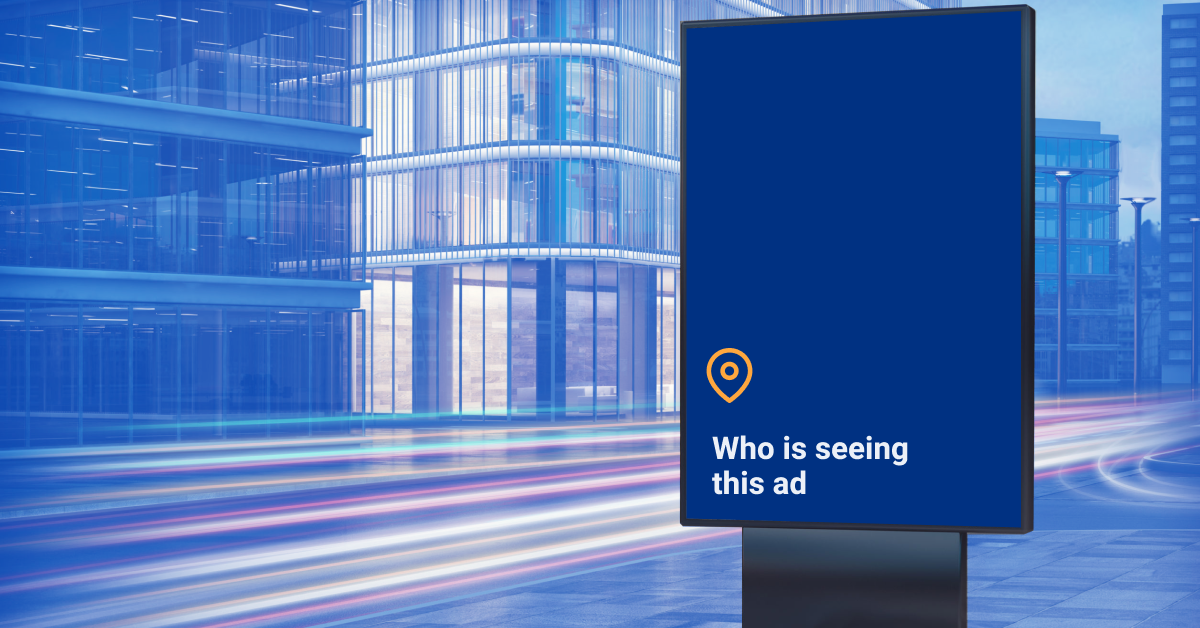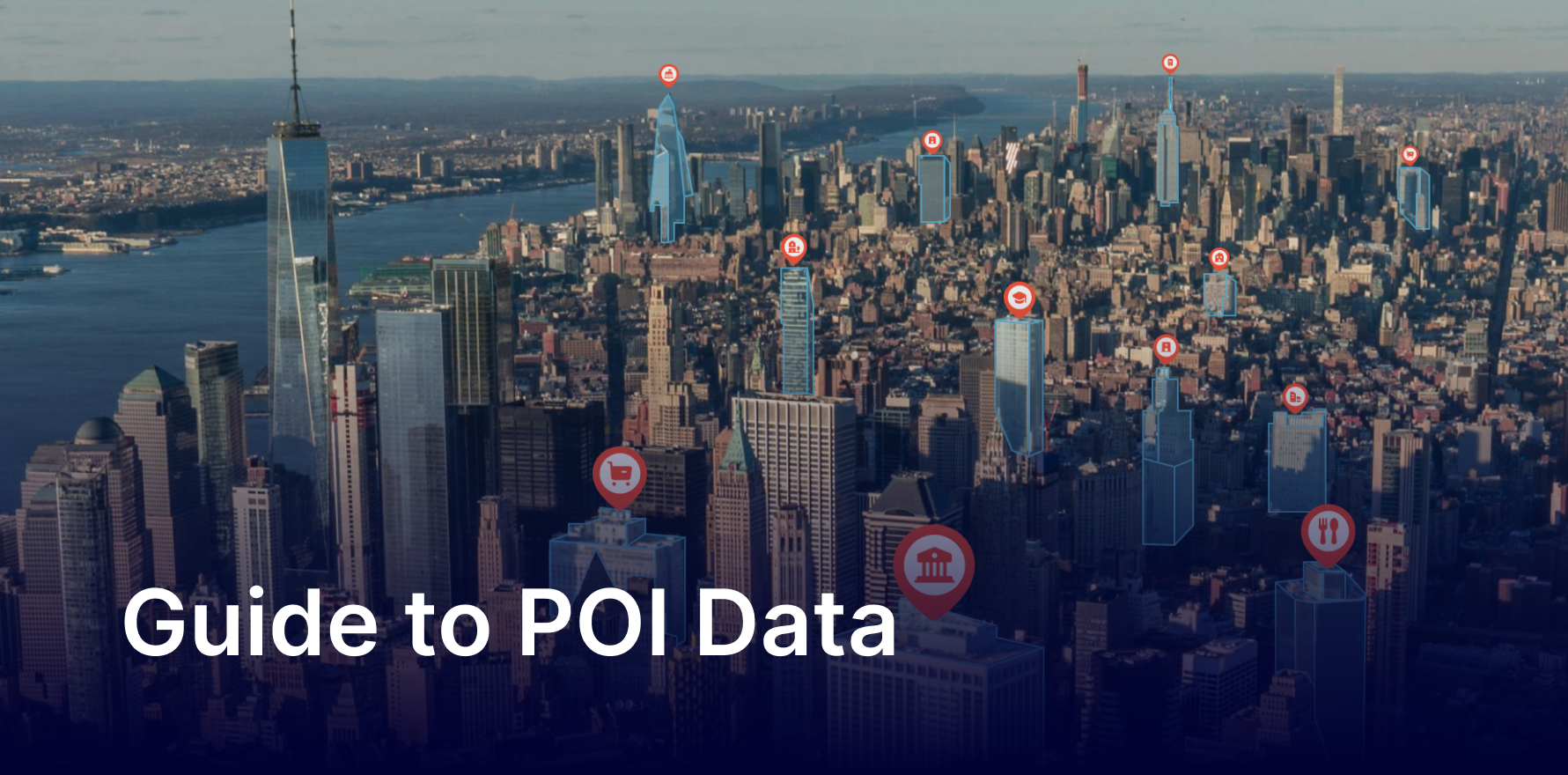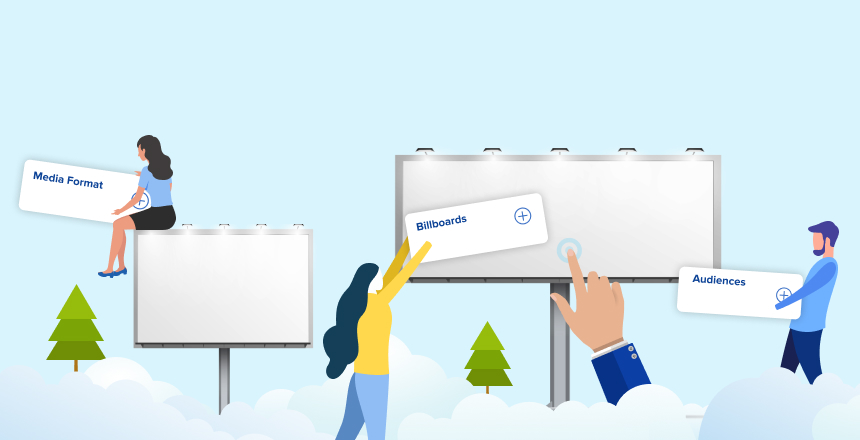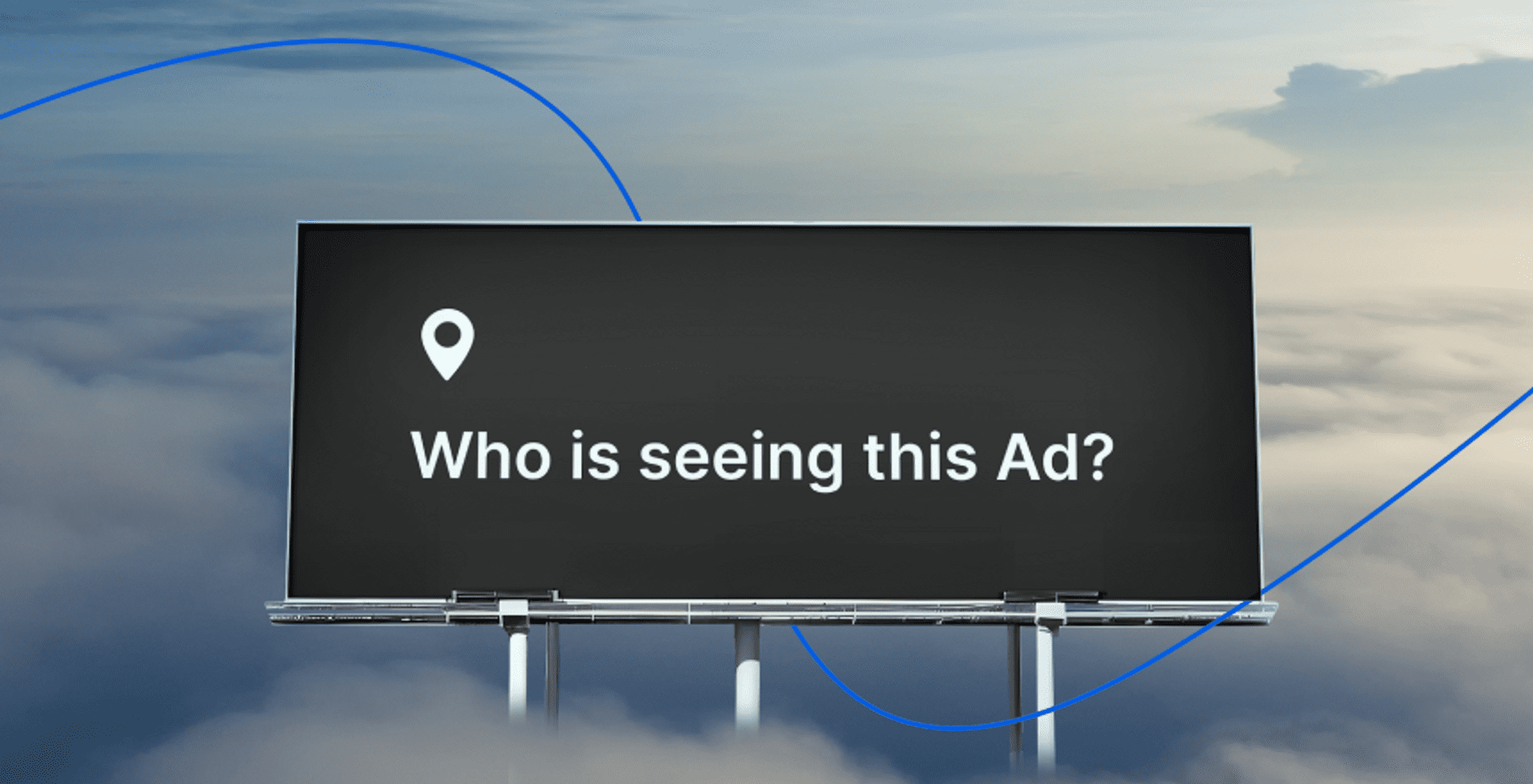With the world gradually stepping out as the pandemics impact relents, advertising is returning outdoors again. In 2022, OOH ad spending is expected to cross the $39 billion mark.
Consumers, too, have a renewed interest in OOH, and the numbers speak for themselves.
- 45% increase in consumers noticing OOH ads
- 23% admit they learned something new from OOH ads
- 23% say they enjoyed the deals and offers on OOH ads
Major brands are returning to billboard advertising in flagship locations and high-traffic areas. But something has changed. The technologies that held us captive in our laptops and phones the last couple of years have now become the guiding force for traditional outdoor advertising. Forced to change their outlook to stay relevant in this new world order, outdoor advertising has adopted data and technology. Subsequently, this has created a flurry of opportunities for brands, media buyers, and marketers worldwide.
The Traditional OOH Playbook is Crumbling
Gone are the days when outdoor advertising meant static billboards hogging the skyline. Instead, the industry has added digital billboards, known as DOOH, to the menu. DOOH empowers advertisers with real-time creative optimization capabilities and audience hyper-targeting, offering consumers immersive and memorable advertising experiences. As a result, there is renewed interest in digital OOH advertising powered by robust customer data, leading to more substantial attribution possibilities.
Compared to the notorious data blackhole of the past, contemporary marketers demand that their OOH media buying be based on measurability and accurate data. Campaign effectiveness, assured ROI, and robust measurability have become the hallmarks of contemporary advertising, and OOH is no stranger to this. These aspects have become especially crucial now, given the uncertain economic climate and subsequent reduction in marketing budgets.
The good news is that it is possible to make your OOH spending more targeted and measurable with location data. This data drives robust OOH site selection, hyper-targeting, and ROI-focused attribution.
The OOH playbook has clearly transformed with location intelligence.
Location data is transforming traditional OOH strategies and outcomes
Location intelligence has created a new gold standard for outdoor advertising. To understand how it is driving the brand-new OOH playbook, lets look at the key areas where location intelligence impacts OOH execution.
1. Audience hyper-targeting with creative optimization
Contemporary geospatial data streams like GPS, Bluetooth, or geotagging data from our smartphones are enabling a deeper insight into consumers geo-behavioral attributes. In the past, OOH audience insights and targeting were based on footfall traffic and demographic data in specific outdoor advertising sites. It was almost like casting a wide net and hoping to catch some fish.
With location data, marketers have a fresh opportunity to define their OOH audiences based on interests and affinities, buying patterns, life stages, lifestyles, and so much more.
For example, you have an OOH site on an arterial highway in your city. Based on footfall traffic insights and location-based audience segments, you have a better insight into how many people are crossing that billboard in a day and who these people really are. Location-based audience attributes can inform your programmatic DOOH strategies so significantly that you can optimize your creatives for young parents on school runs, professionals on their way to work, party-goers, and more at different times of the day.
2. OOH Site selection and Media Buying
Outdoor media planning both OOH and DOOH has become more impactful with deep insights to help you choose the most effective site for your brand.
Moving beyond footfall volumes, location data allows insights into the volume of footfall from specific audience segments you wish to reach.
For example, suppose you are a real estate company looking to reach affluent young couples in the market to purchase a new apartment. In that case, location intelligence can inform you where you will find the maximum number of them in the city. The locations they visit for work and leisure, the ones they visit as part of their house-hunting project, combined with their digital behaviors, can help you identify OOH sites with the maximum footfalls from this specific audience segment
3. Ad retargeting for your most Engaged Audiences
You may have walked or driven past an OOH billboard with an ad a brand wanted you to see. Then, as you head into the mall, you receive a special offer on SMS from an outlet of the same brand. Have you stopped to wonder if this was a coincidence? There are no coincidences in programmatic advertising, DOOH, or location intelligence.
Reinforcing crucial campaign messages, or, simply put, hyper-accurate ad retargeting, is one of the hallmarks of the effective use of location intelligence in omnichannel campaigns. Based on the logic of spot-based viewership, it is effective when the audience movement is unpredictable, and brands need to advertise at crucial buying moments.
One of the best uses of location-based OOH retargeting that we have seen recently was the Pepsi MAX Taste Test campaign in the Netherlands. Using a hyper-targeted programmatic DOOH, the brand could retarget a Taste Test participant when one such participant entered some of the citys biggest malls. The hyper-targeted programmatic DOOH campaign relied on location-based proximity and digital behavior to retarget their most engaged audiences.
4. Robust, ROI-obsessed Campaign Attribution
As marketing channels increase in number and complexity, forward-looking marketers are constantly grappling with setting up measurement frameworks that help them make optimal decisions and rationalize their marketing spends. These frameworks work best when they are linked to desired real-life outcomes.
The good news is that location intelligence goes far beyond helping you find the most accurate audience segments, the most effective advertising channels and platforms, including OOH sites, based on your audiences 360-degree view and attributes, and retarget your consumers with hyper-contextual messaging. It also helps you measure your campaigns and demonstrate campaign effectiveness in terms of real business value, like store visits or test drive bookings. This is especially critical now, with brick & mortar shopping coming back in style like never before. Offline sales grew over 14% in 2021 and contributed 80.7% to the overall gains in retail spending.
Location-based attribution allows OOH campaigns to strive for and measure results that make sense to the business. Marketers use location-based attribution to measure more relevant metrics like cost-per-visit for your OOH campaigns. Further, they optimize campaign spends and creatives in real-time to ensure the highest possible effectiveness for their DOOH campaigns.
A great example of this is Volvo. Using Factori’s footfall attribution capabilities, Volvo gained insights into which of their ads led to an increase in footfall at their showrooms over one year. Further, they used these insights for ongoing campaign optimization to achieve an exposure index of over 4% and an 18% increase in-store visits.
Whats next?
OOH is here to stay. It has been over a century since that first billboard. And yet, outdoor advertising has repeatedly recorded double-digit growth over the last decade, even more so in the previous year. Add programmatic and digital, location data and insights to the mix, and you have a formidable combination to run ads that bring business.
But we always knew that!
Factori has the legacy of being one of the first movers in the space of location intelligence. We were transforming OOH advertising metrics, helping brands take their baby steps in programmatic DOOH, and demonstrating real-world OOH outcomes with location intelligence when the rest of the industry was still in its nascent years.
Over the years, we have helped some of the worlds biggest brands leverage location intelligence to power their OOH campaigns. And we believe were just getting started.
How about you? Get in touch. Lets get your OOH show on the road with a brand new, location-powered playbook.
You may also like








